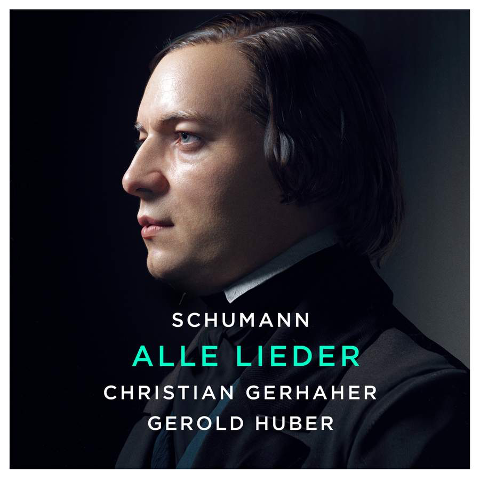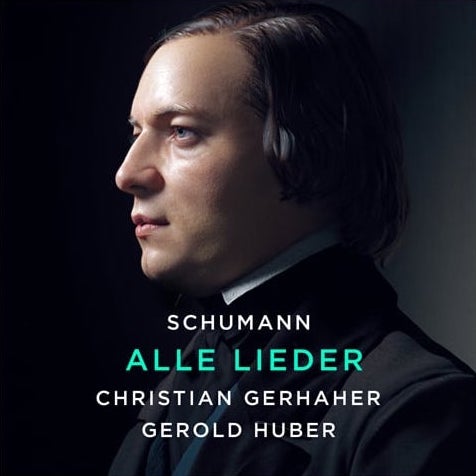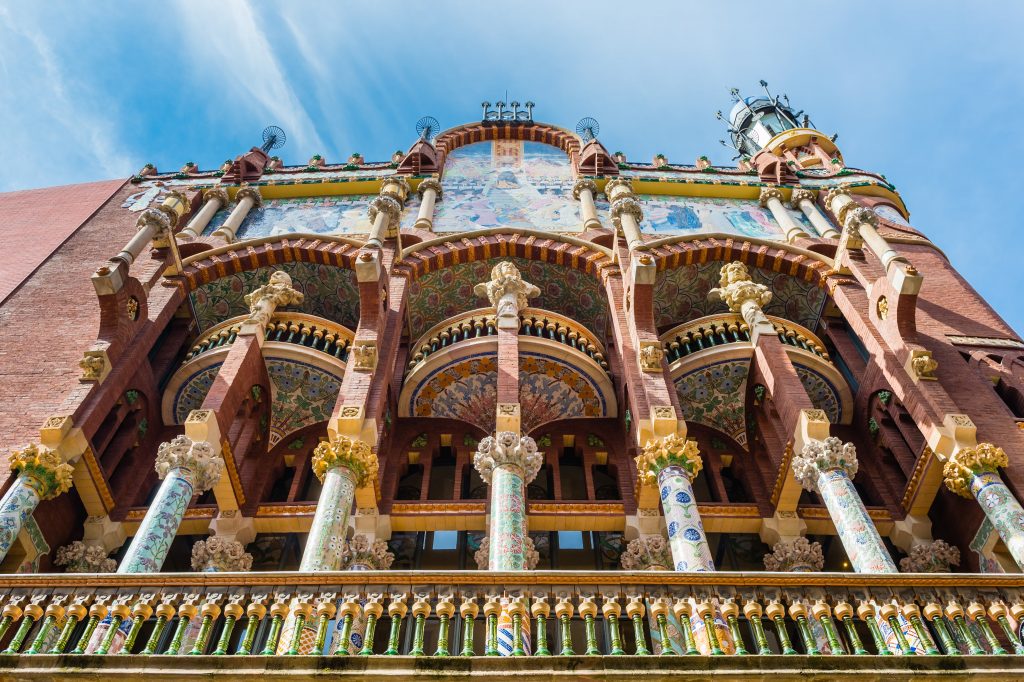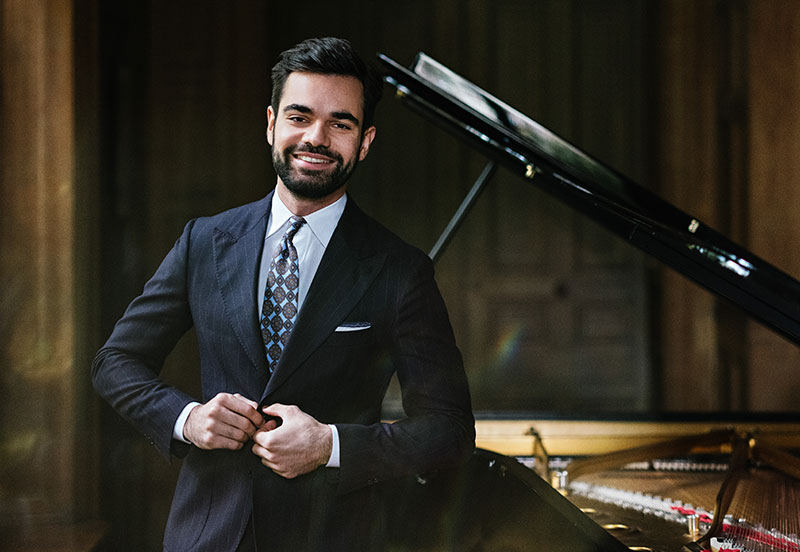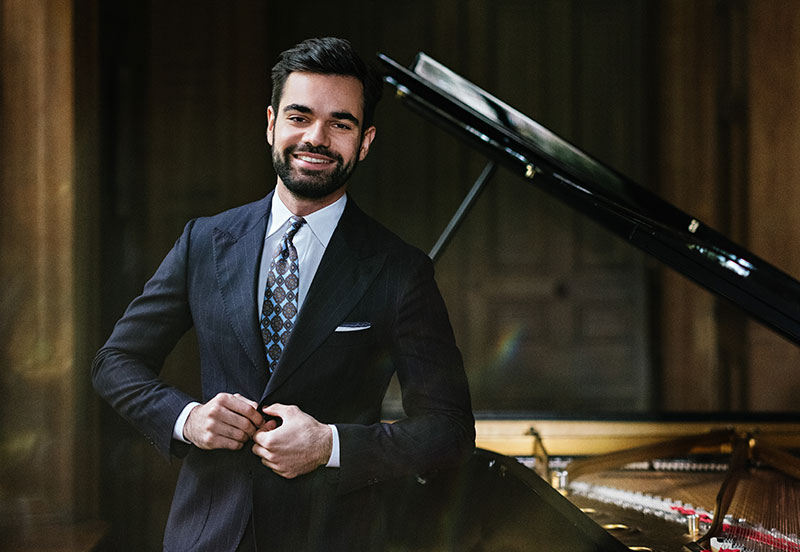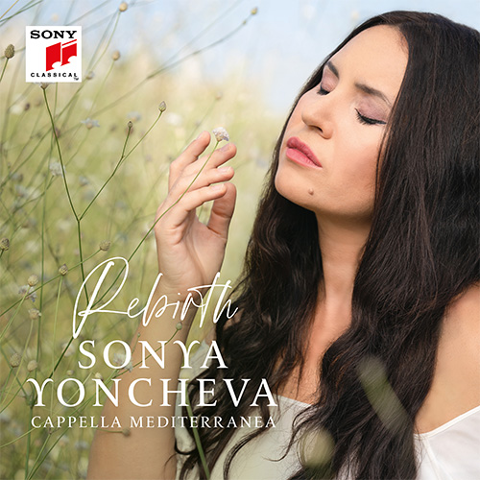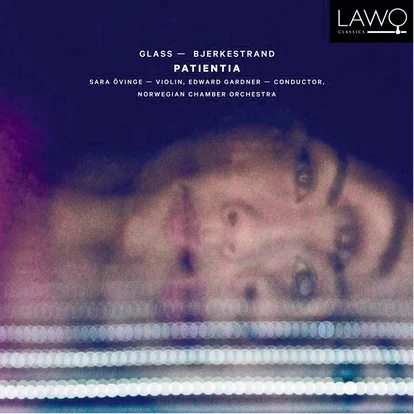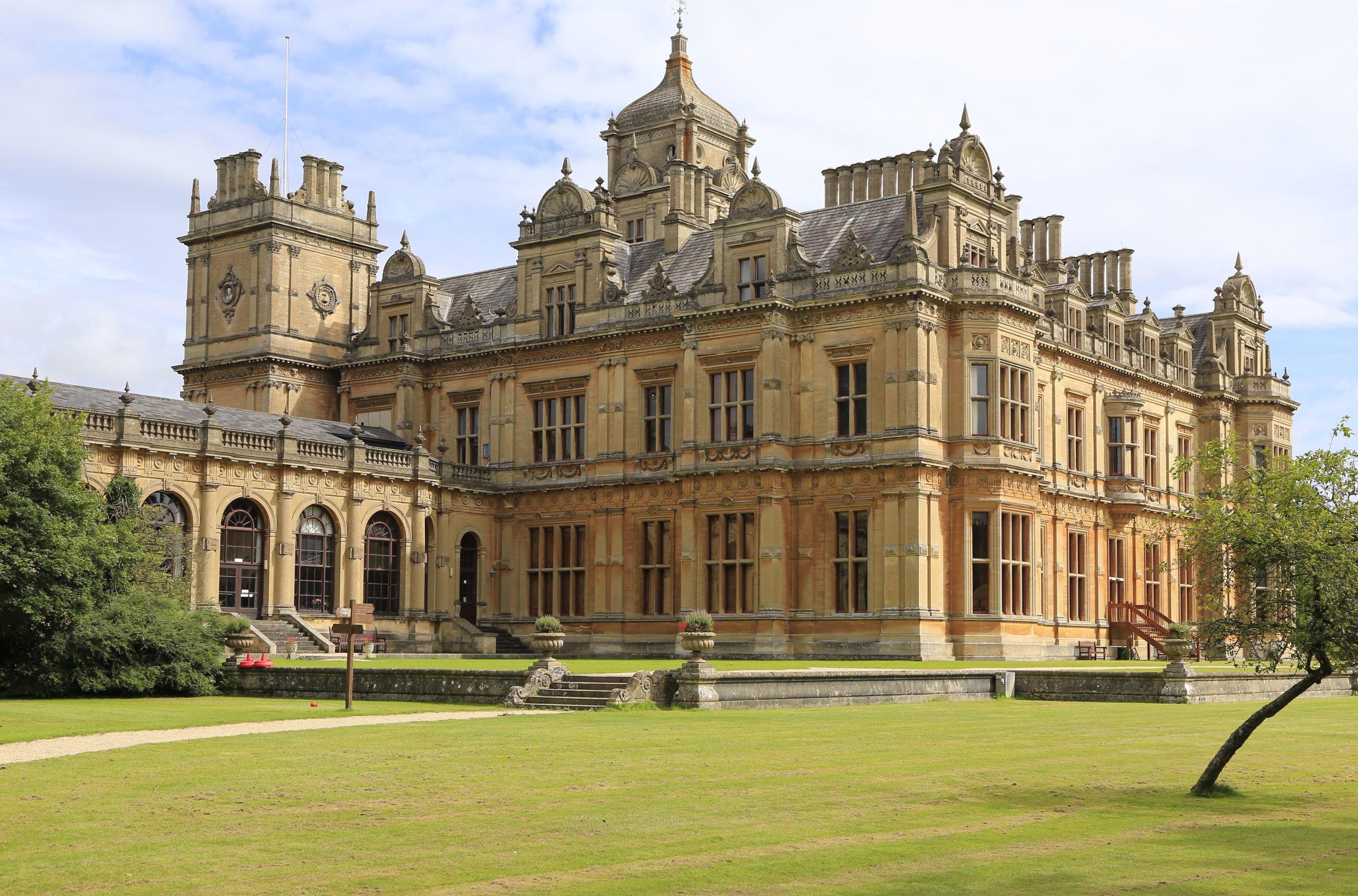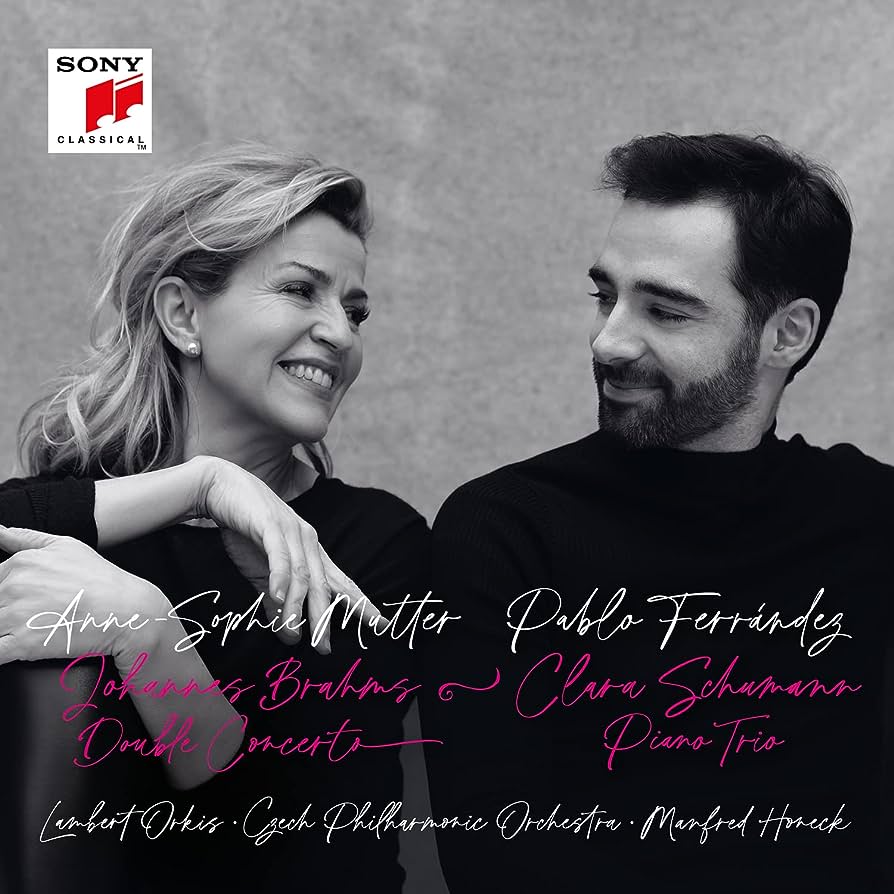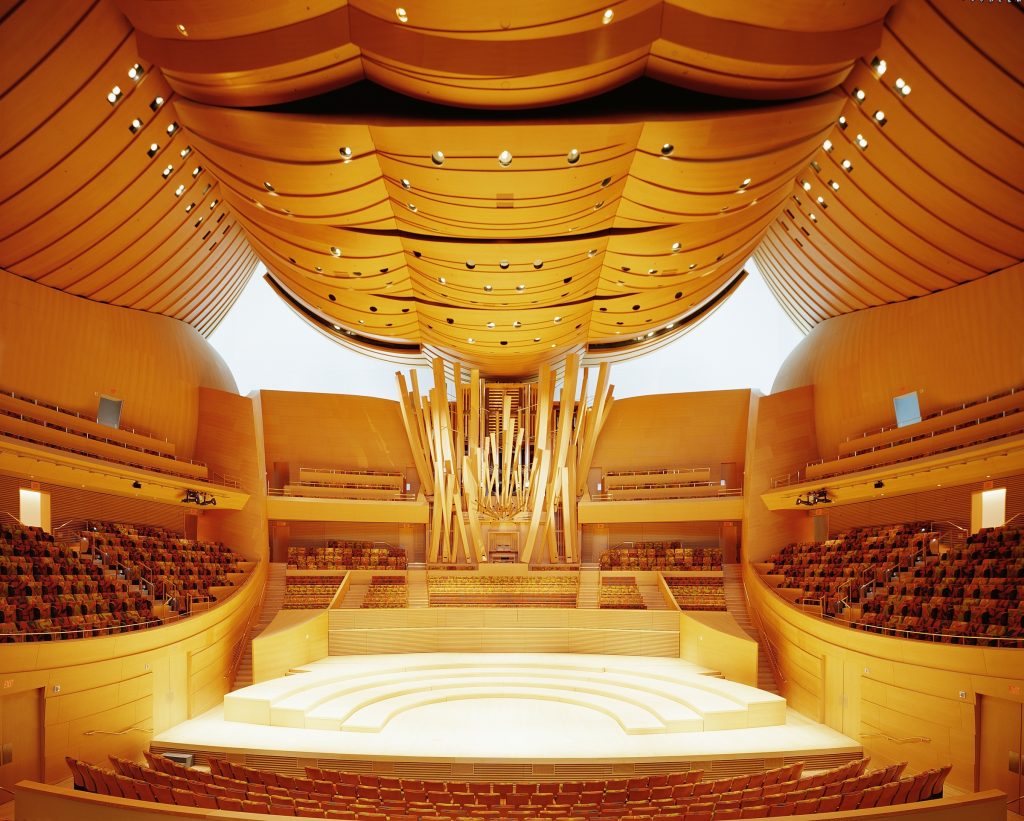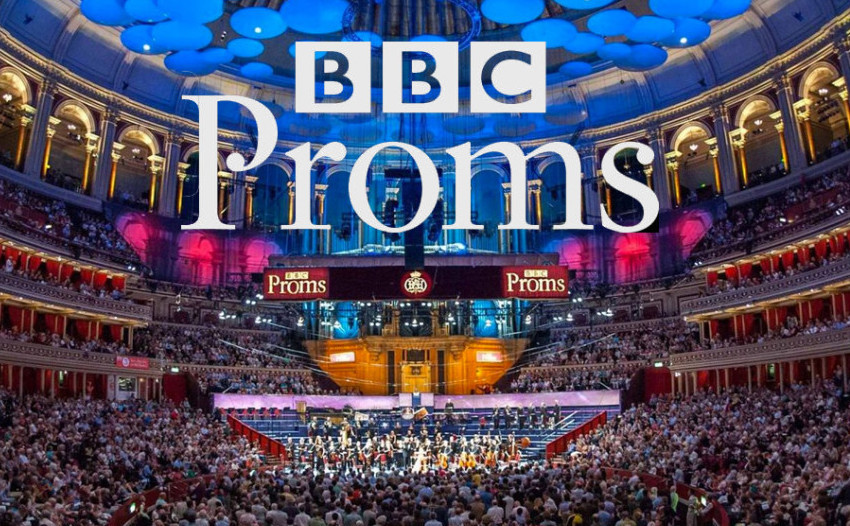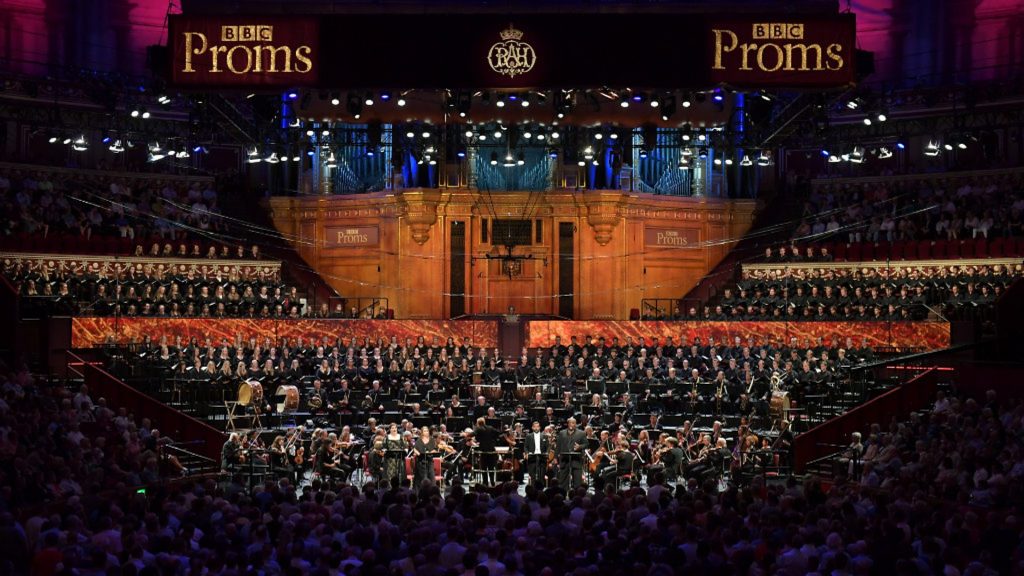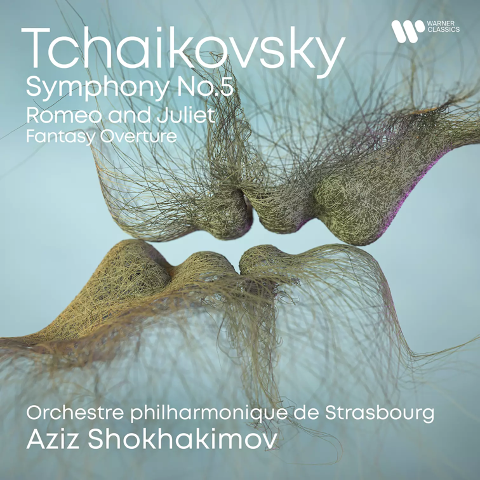Alle Lieder – Christian Gerhaher & Gerold Huber
An Outstanding Exploration of Schumann’s Lieder
Christian Gerhaher’s “Alle Lieder” stands as a remarkable and comprehensive exploration of Robert Schumann’s song repertoire. The project, initiated in 2018 alongside pianist Gerold Huber, takes on the ambitious task of presenting Schumann’s songs in their entirety, making it the first attempt by a single vocalist to achieve such comprehensiveness. Spread across 11 discs, the collection showcases Gerhaher’s meticulous attention to detail and his nuanced approach to each song’s individual character.
Gerhaher’s performance is marked by his unwavering dedication to lyrical expression. His affinity for Lieder singing is evident in every phrase, where he masterfully crafts the sonic landscape of each song. The result is a consistently rewarding set that immerses the listener in Schumann’s emotional world.
While the packaging and promotion suggest a one-man accomplishment, the collection does feature other vocalists sharing the stage. For instance, Camilla Tilling joins Gerhaher for the Op. 25 collection “Myrthen,” while soprano Julia Kleiter takes on the song cycle “Frauenliebe und -leben.” Additionally, various singers are enlisted for duets and part-songs with piano.
A standout inclusion is the Op. 35 Kerner-Lieder, which opened the project. However, it is Gerhaher’s interpretation of the three great song cycles – the two Liederkreis, Op. 24 and Op. 39, and “Dichterliebe” – that truly captivates. Comparing Gerhaher’s 2003 recording of “Dichterliebe” with this latest rendition reveals an evolution in his interpretation. His tone has deepened subtly over the years, and the pacing is slightly more deliberate. Yet, his commitment to meticulously weighing each word remains constant.
One intriguing aspect of this collection is Gerhaher’s emphasis on Schumann’s later songs, composed in 1849 and 1850. These pieces, often overshadowed by the more famous “year of song” in 1840, receive the spotlight they deserve. Gerhaher places particular significance on the Op. 90 Lenau settings, asserting their excellence among the later works.
While some choices in vocal assignments might raise questions – such as sharing the poignant opening song “Widmung” from “Myrthen” with another vocalist – Gerhaher’s overall approach to the project showcases his deep respect for Schumann’s work and his eagerness to present a holistic view of the composer’s song output.
In terms of packaging, the collection is thoughtfully accompanied by full texts, translations, and a useful index, providing accessibility to both casual listeners and devoted Schumann enthusiasts. Gerhaher’s brief notes on each opus provide insightful context for the performances, adding an extra layer of appreciation for the music.
“Alle Lieder” is an enticing proposition for Schumann aficionados, offering a journey through the composer’s diverse song catalogue. Gerhaher’s sensitivity, combined with the collaboration of other talented vocalists and the pianistic excellence of Gerold Huber, results in a set that not only pays homage to Schumann’s legacy but also invites listeners to experience his songs in a fresh and compelling light.
